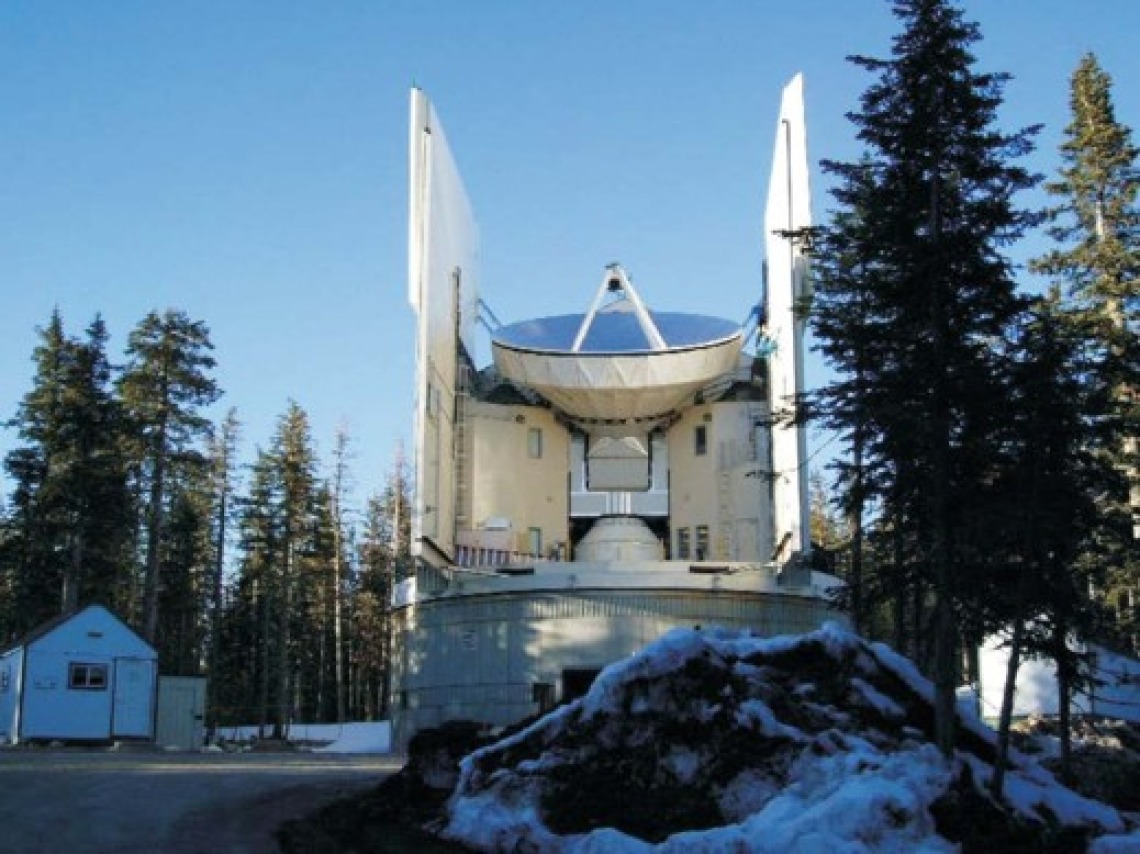The relative abundances of atoms and molecules in interstellar space are quite different from what we find on Earth. This has implications for the formation of solar systems and the beginning of biochemistry in space. In Astrochemistry the goal is to study chemical reactions occurring in space. When the species observed are not readily found on Earth, laboratory techniques must be developed to replicate the low-temperature conditions of interstellar space and enable a detailed study of chemical processes.
One of the primary objectives of the research conducted at Steward is to study the chemistry occurring in space using an approach that involves high resolution molecular spectroscopy in the laboratory, radio astronomical observations of cold gas clouds, and chemical modeling. We are interested in discovering which chemical compounds exist and in which types of interstellar sources, how they are formed, and how this impacts the origins of solar systems and planets, and ultimately life.
The Ziurys Research group conducts their research in collaboration with the department of Chemistry. (Top Left) The Helix Nebula NGC 7293, the subject of a recent study. (Bottom Right) The Submillimeter Telescope, operated by the Arizona Radio Observatory on Mt. Graham used for the measurements.
The Shirley research group studies the chemistry of the earliest phases of star-formation, starless and prestellar cores, focusing on the evolution of complex organic molecules (containing more than 5 atoms with C, H, O, and/or N), deuterium fractionation (where the abundance ratio of deuterated molecules such as DNC/HNC increases by many orders of magnitude compared to the atomic D/H ratio in cold, dense gas), and molecular depletion (i.e. the formation of interstellar ices such as CO).




